The ships that immediately followed Dreadnought are often overlooked. None achieved any distinction in the war, and all fell to the axe of the Washington Treaty. However, the development of the battleship didn't suddenly stop after Dreadnought, and the 12"-gunned capital ships introduced a number of innovations, some very successful, others less so.1

HMS Bellerophon
For the 1906-1907 program, the immediate successor to Dreadnought and the Invincibles, Fisher was not content to rest on his laurels. He sketched a "fusion" ship, intended to have battleship armor with battlecruiser speed. To keep dimensions reasonable, the design would have only four turrets, one on each end and two en echelon amidships, with the wing turrets being triples. The ship would have displaced 22,500 tons,2 and cost about a third more than her predecessor. This was a good design, although the triple wing turrets were rather odd, but the Liberal victory in the 1905 election moved social spending up the government's priority list, and the three ships bought were near-repeats of Dreadnought, the Bellerophon class.


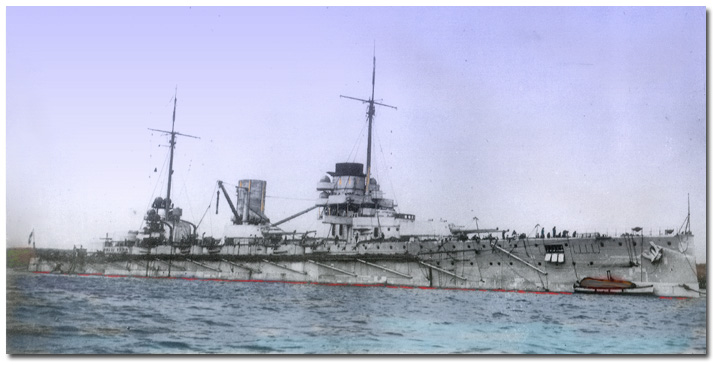
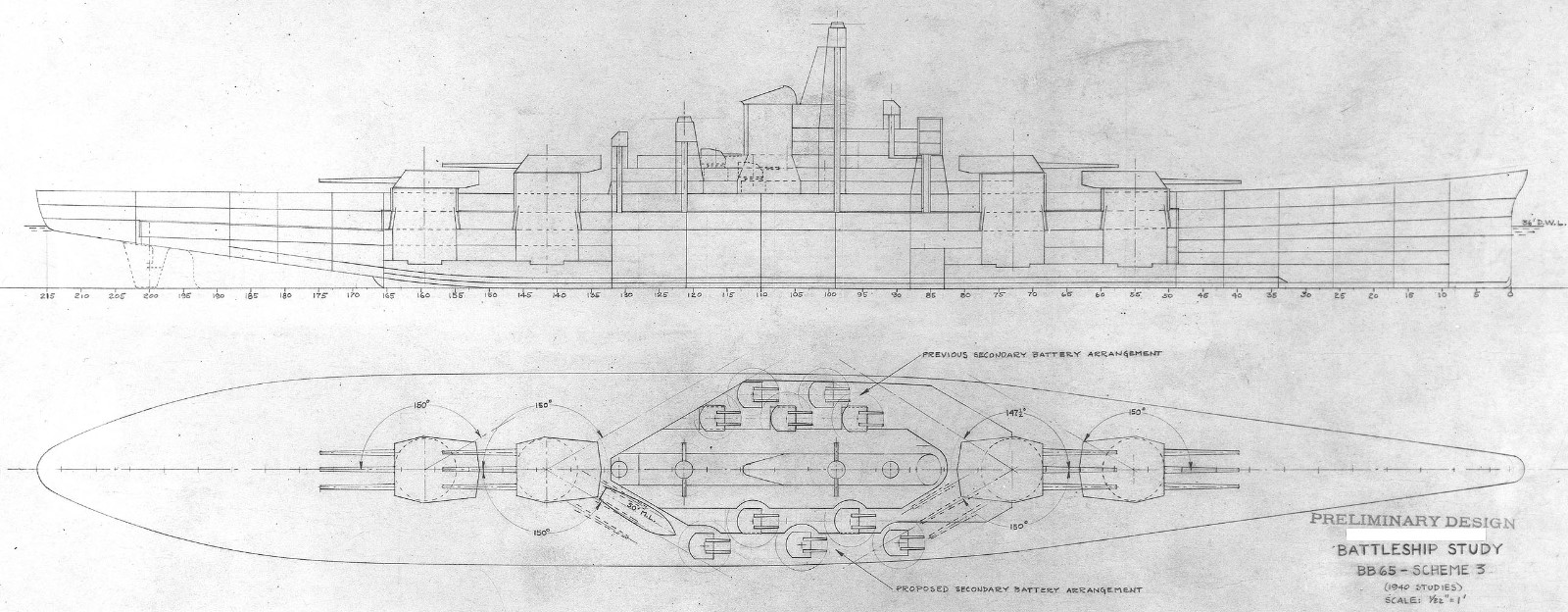
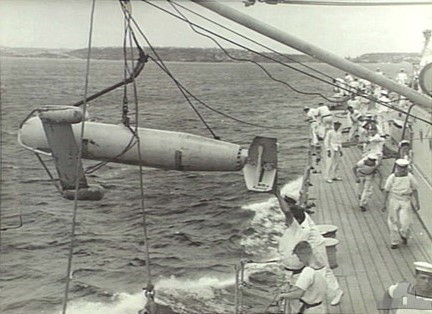
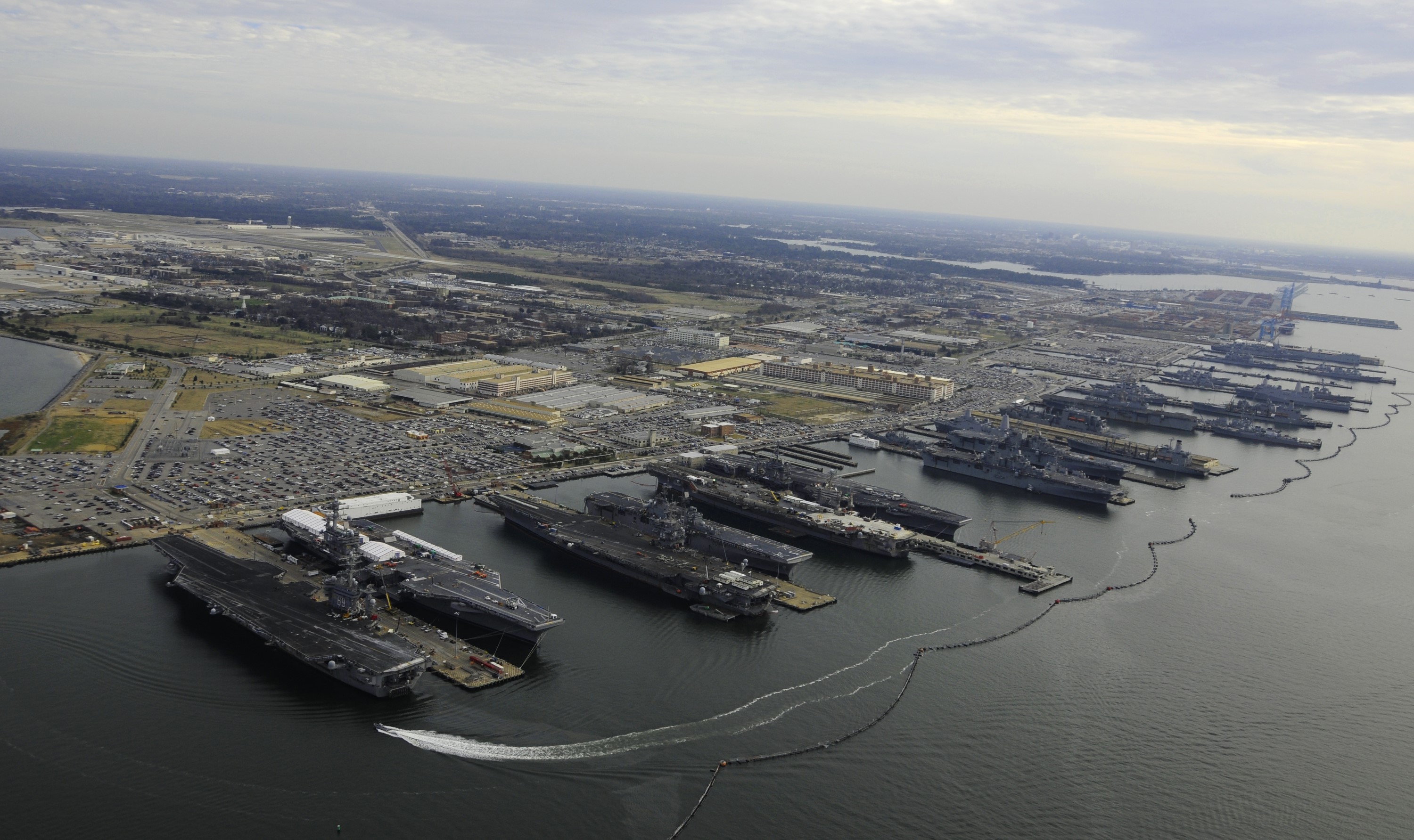
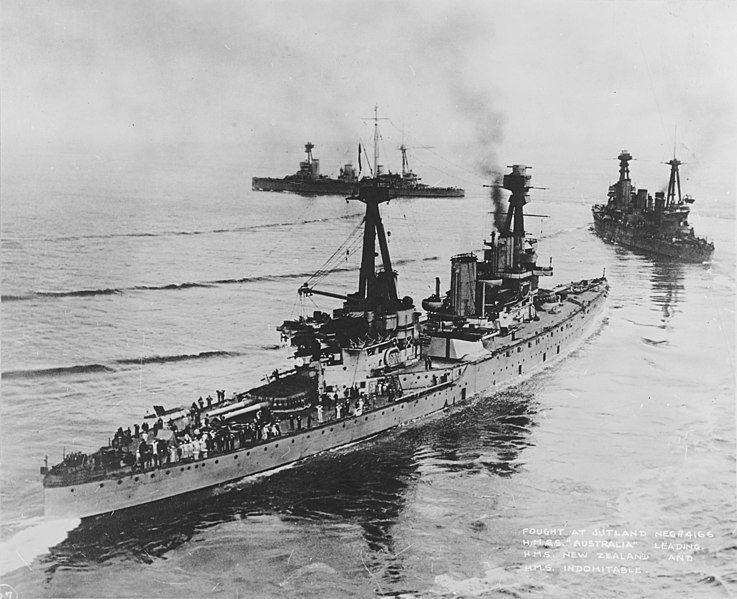
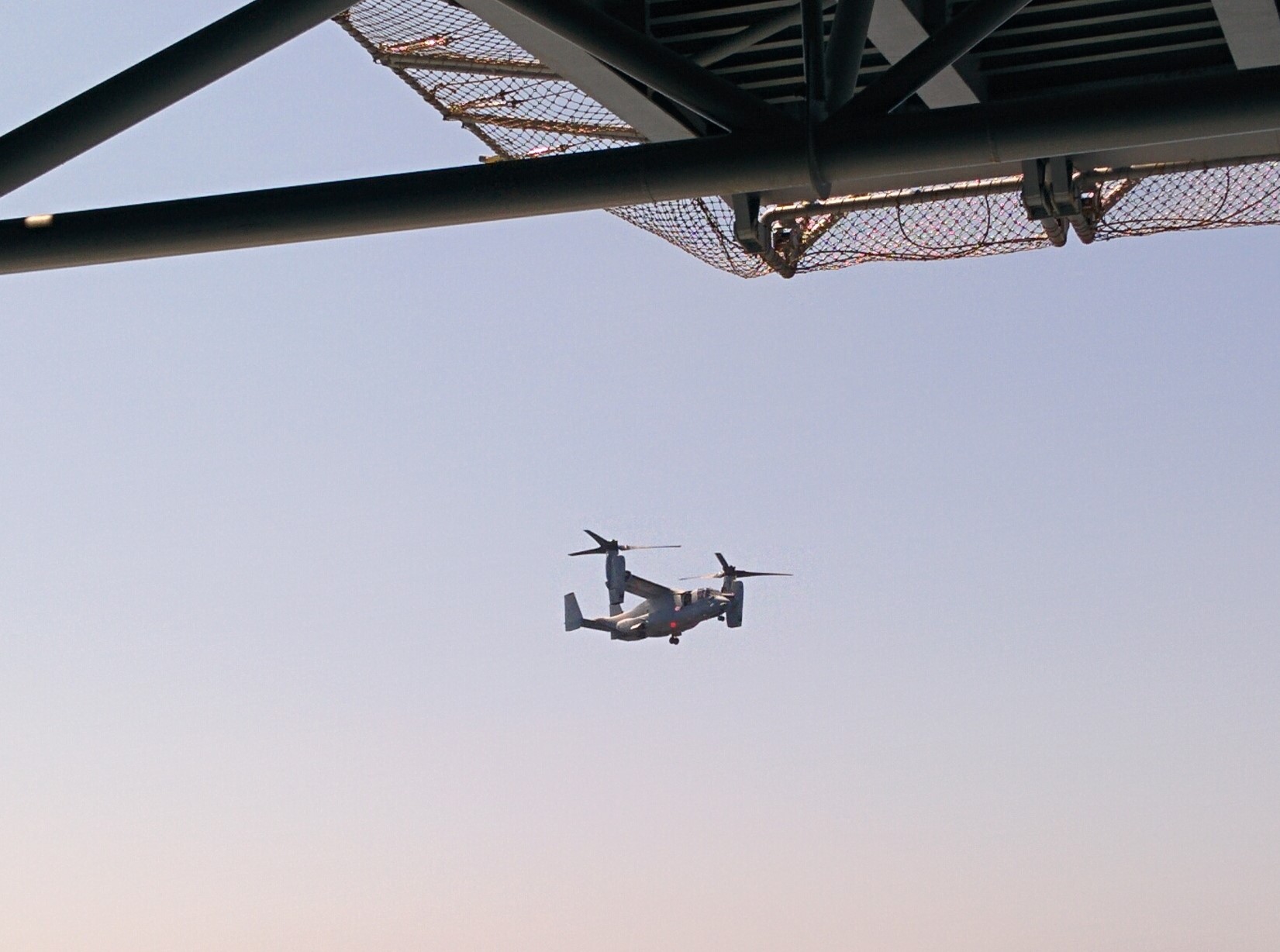
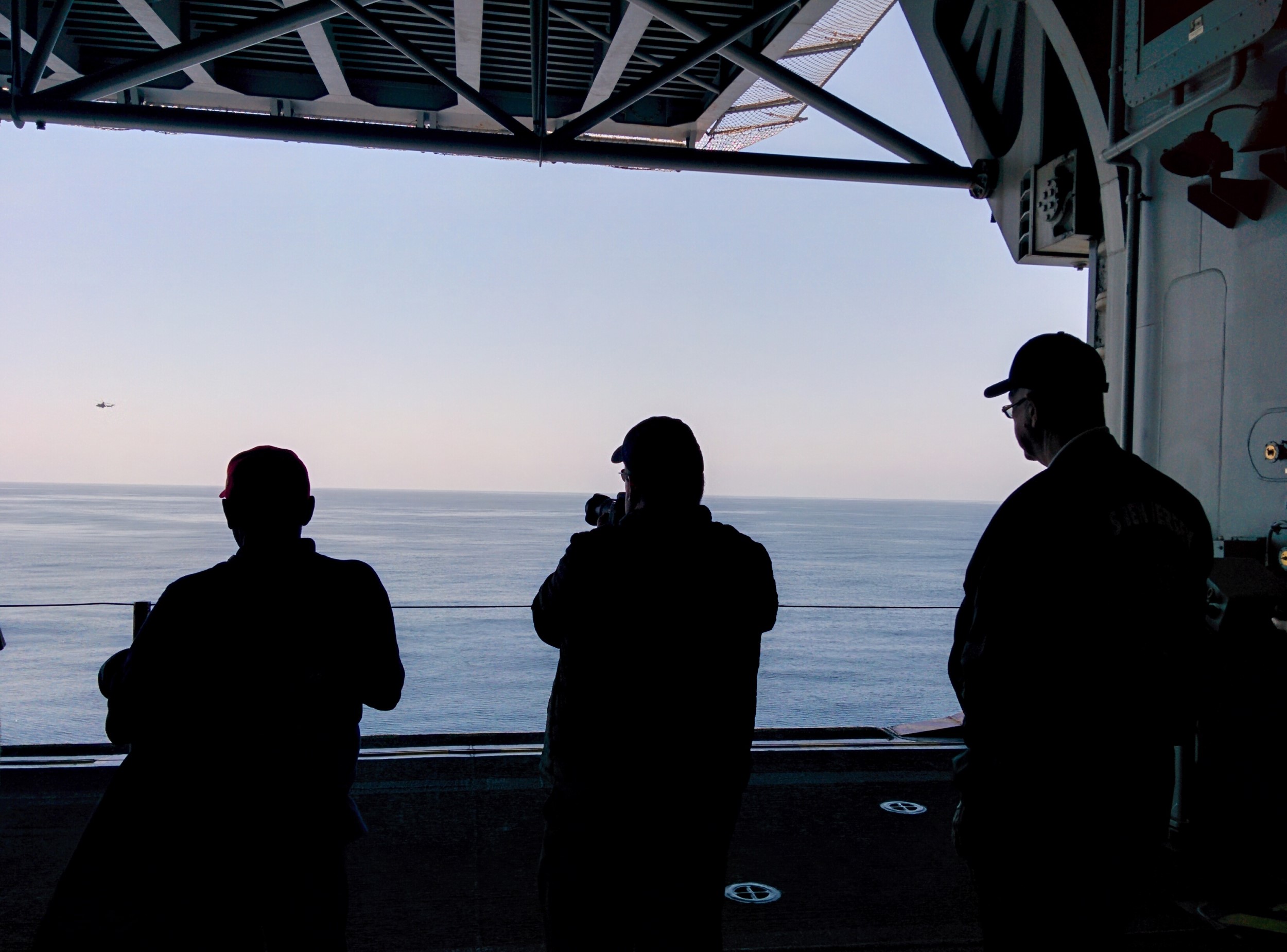
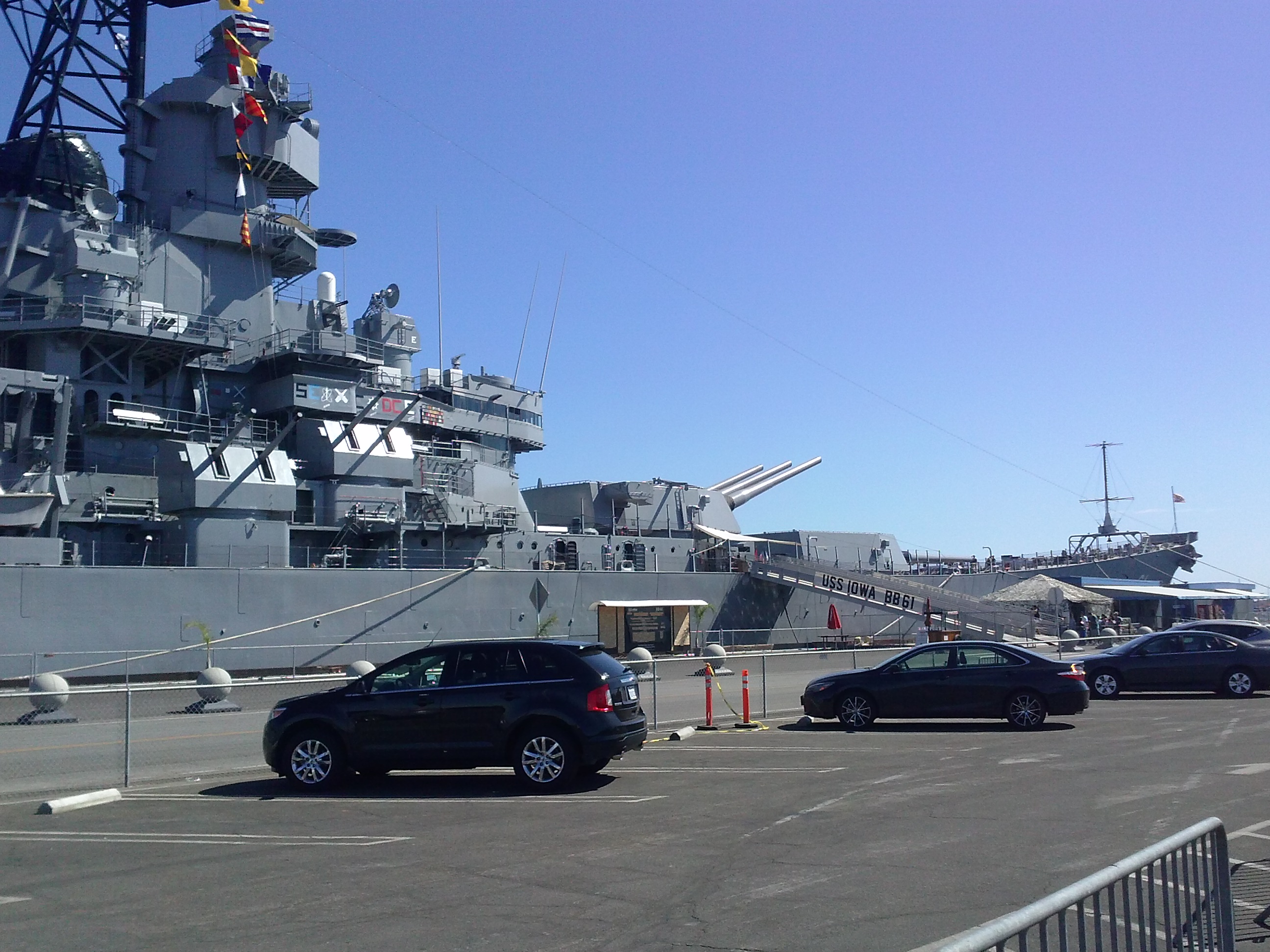
Recent Comments